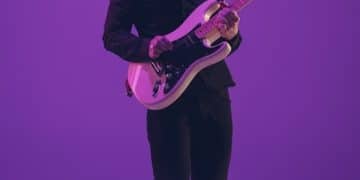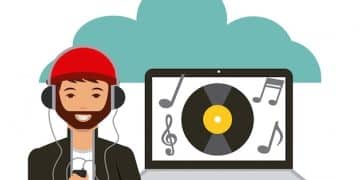Protect Your Music Online: Combat Copyright Infringement & Maximize Earnings
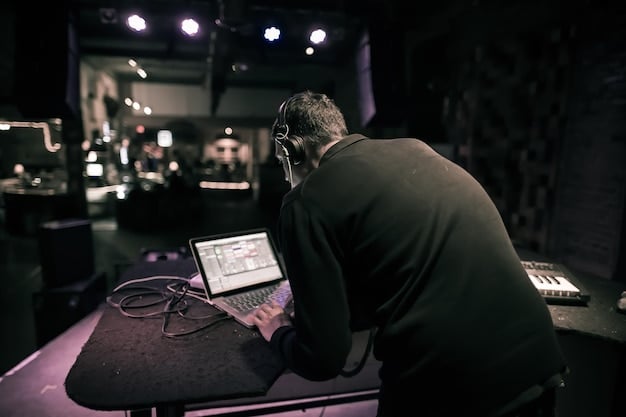
Protecting your music online involves understanding copyright laws, employing strategies to monitor and detect infringement, and utilizing legal and technological tools to enforce your rights and maximize your earnings.
In today’s digital age, safeguarding your musical creations is more critical than ever. This article guides you through the essential steps to protect your music online, combat copyright infringement, and ensure you maximize your earnings in the process.
Understanding Music Copyright Basics
To effectively protect your music, it’s crucial to understand the fundamentals of copyright law. Copyright grants exclusive rights to creators of original works, including musical compositions and sound recordings, preventing unauthorized use and distribution.
What Does Copyright Protect?
Copyright protects both the musical composition (the melody and lyrics) and the sound recording (the specific recorded performance). Understanding the distinction is vital for comprehensive protection.
- Musical Composition: Covers the underlying music and lyrics, often owned by the songwriter or publisher.
- Sound Recording: Protects the specific recording of a song, typically owned by the performer or record label.
- Duration of Copyright: Copyright protection typically lasts for the life of the author plus 70 years.
Registering your music with the U.S. Copyright Office provides significant legal advantages, including the ability to sue for infringement and collect statutory damages.
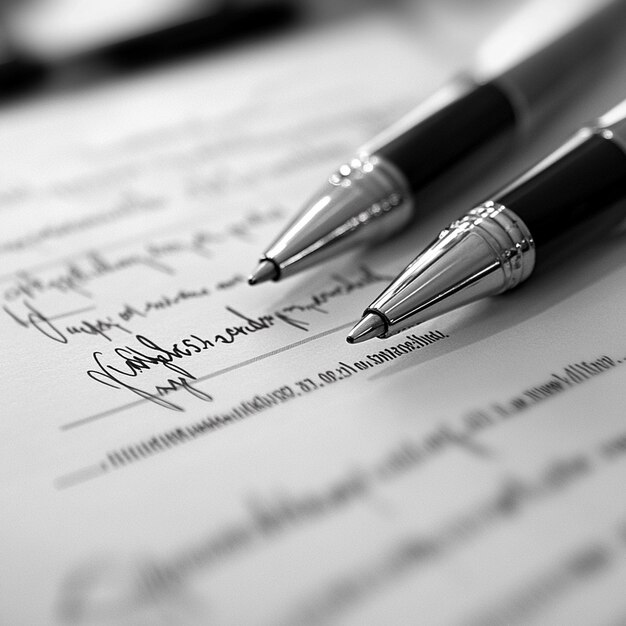
Strategies for Monitoring Online Music Use
Actively monitoring the internet for unauthorized use of your music is a proactive way to combat infringement. Fortunately, a variety of tools and strategies can help you track where your music is being used and identify potential copyright violations.
Using Online Monitoring Tools
Several online services specialize in tracking music usage across various platforms. These tools can scan websites, social media, and streaming services for instances of your music being used without permission.
Leveraging Social Media Monitoring
Social media platforms are a common source of copyright infringement. Monitoring these channels can help you identify unauthorized uses of your music in user-generated content.
- Set up alerts for your song titles and artist name on platforms like YouTube, Facebook, and TikTok.
- Regularly search for your music using hashtags and keywords.
- Utilize social media monitoring tools to automate the process.
Regularly searching for your music can help you quickly identify and address new instances of infringement, protecting your rights and revenue.
Taking Action Against Copyright Infringement
Once you identify unauthorized use of your music, it’s important to take appropriate action to protect your copyright. Various legal and technological tools can help you enforce your rights and stop the infringement.
Sending a Cease and Desist Letter
A formal cease and desist letter is a legal document demanding that the infringing party stop using your music. It should clearly state the nature of the infringement and the consequences of continued unauthorized use.
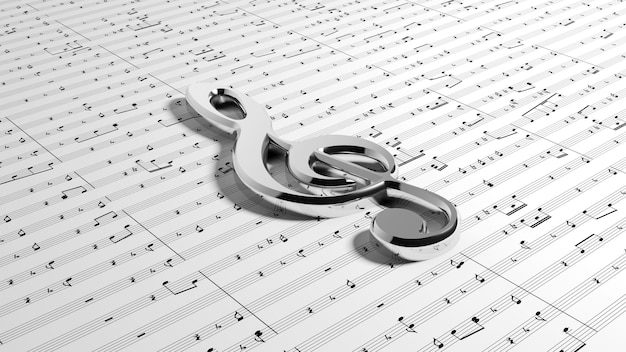
Filing a DMCA Takedown Notice
The Digital Millennium Copyright Act (DMCA) provides a legal framework for copyright holders to request the removal of infringing content from online platforms. Filing a DMCA takedown notice with the platform compels them to remove the infringing material.
- Identify the infringing content and its location (URL).
- Draft a DMCA takedown notice that complies with the platform’s requirements.
- Submit the notice to the platform’s designated agent.
Legal action may be necessary in cases where infringement is particularly damaging or the infringing party is unresponsive. Consulting with an attorney specializing in music copyright law is advisable.
Licensing Your Music for Revenue Generation
Licensing your music is a powerful way to generate revenue while maintaining control over how your work is used. Understanding different types of licenses and how to obtain them is essential for maximizing your earnings.
Understanding Different Types of Music Licenses
Several types of licenses govern the use of music, each covering different aspects of copyright. Common licenses include performance licenses, mechanical licenses, synchronization licenses, and master use licenses.
How to Obtain Music Licenses
Obtaining the appropriate licenses involves contacting the copyright holders and negotiating the terms of use. This process can be streamlined through licensing agencies like ASCAP, BMI, and SESAC.
- Performance Licenses: Obtained from performing rights organizations (PROs) like ASCAP, BMI, and SESAC.
- Mechanical Licenses: Can be obtained from the Harry Fox Agency (HFA) or directly from the copyright holder.
Leveraging licensing agencies can simplify the process of granting and managing licenses, ensuring you receive proper compensation for the use of your music.
Utilizing Digital Rights Management (DRM) Technologies
Digital Rights Management (DRM) technologies help protect digital content from unauthorized use and distribution. While DRM can be controversial, it offers a means to control how your music is accessed and shared online.
How DRM Technologies Work
DRM technologies typically involve encryption and access controls that limit the ability of users to copy, share, or modify digital content. These technologies can be integrated into digital music platforms and distribution channels.
Benefits and Drawbacks of DRM
While DRM can prevent unauthorized copying and sharing, it can also create inconvenience for legitimate users. Weighing the benefits and drawbacks is important when deciding whether to implement DRM.
- Benefits: Protection against piracy, control over distribution, and potential for increased revenue.
- Drawbacks: Inconvenience for legitimate users, potential for circumvention, and negative impact on user experience.
Carefully consider the impact of DRM on your audience and choose solutions that balance protection with user experience.
Future Trends in Music Copyright Protection
The landscape of music copyright protection is constantly evolving, driven by technological advancements and changing consumer behavior. Staying informed about future trends can help you stay ahead of the curve and protect your music effectively.
Blockchain Technology and Copyright
Blockchain technology offers potential solutions for managing and protecting music copyright. By creating a decentralized, transparent ledger of ownership, blockchain can simplify licensing and reduce infringement.
AI and Automated Copyright Enforcement
Artificial intelligence (AI) is increasingly being used to automate copyright enforcement. AI-powered tools can scan the internet for infringing content, identify unauthorized uses of music, and even generate takedown notices automatically.
- AI-driven monitoring: Automated detection of infringing content on various online platforms.
- Smart contracts: Self-executing contracts that automate licensing and royalty payments.
Embracing these emerging technologies will be crucial for protecting your music in the digital age, ensuring you receive proper compensation for your work.
| Key Point | Brief Description |
|---|---|
| 🔑 Copyright Basics | Understand rights for compositions and recordings. |
| 🛡️ Monitoring | Use tools to track unauthorized music usage online. |
| ⚖️ Legal Action | Send cease & desist letters; file DMCA takedowns. |
| 💰 Licensing | Generate revenue with performance, mechanical, & sync licenses. |
Frequently Asked Questions (FAQ)
▼
A DMCA takedown notice is a legal request to remove copyrighted material from a website or online platform. The Digital Millennium Copyright Act (DMCA) provides a framework for copyright holders to protect their work online.
▼
You can register your music online through the U.S. Copyright Office website. The process involves completing an application, paying a fee, and submitting a copy of your work. Registration provides legal advantages in case of infringement.
▼
PROs like ASCAP, BMI, and SESAC collect performance royalties on behalf of songwriters and publishers when their music is played publicly. Joining a PRO ensures you receive compensation for public performances of your work.
▼
A mechanical license grants permission to reproduce and distribute a copyrighted musical work in physical or digital formats, such as CDs, vinyl, or digital downloads. It compensates the copyright holder for each copy made.
▼
YouTube’s Content ID system allows copyright holders to identify and manage their content on the platform. You can upload your music to Content ID, and YouTube will automatically scan for matches, allowing you to monetize or remove infringing content.
Conclusion
Protecting your music online requires a comprehensive approach that combines understanding copyright law, actively monitoring for infringement, and utilizing legal and technological tools. By taking these steps, you can safeguard your creative work and maximize your earnings in the digital age.
